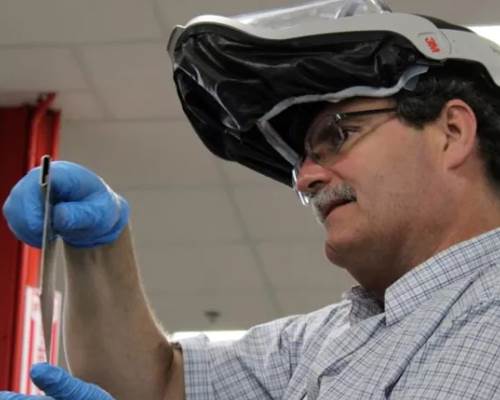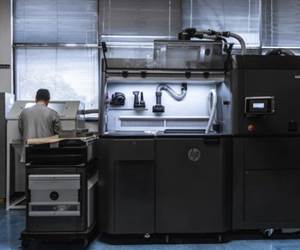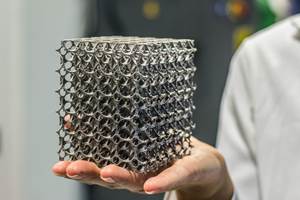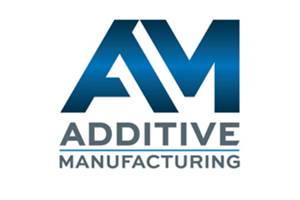Investing in additive manufacturing equipment does not end with the purchase of a 3D printer. (This section will focus primarily on powder bed fusion of metals, but even desktop 3D printers using plastic filaments pose some potential health risks that should be taken into consideration.) Facilities using metal AM, especially those dealing with powdered metals, will also require a range of support equipment and safety measures. 3D printing in metals will probably require a supply of argon or nitrogen gas to inert the printing process; a bandsaw or wire EDM to cut parts from the build plate; vacuum or wet separator to clean up powder; heat treat capability; and machining capacity for finishing. Additionally, facilities and personnel must be equipped to operate safely. Metal powders are combustible as well as being an inhalation hazard. Operators need personal protective equipment (PPE) such as ventilators, fireproof jackets and grounder straps; facilities should be equipped with electrostatic dissipative (ESD) flooring, air monitoring to check for inert gas leaks, and appropriate fire suppression devices.
The article “What Does It Take to Be Safe?” details many of the safety issues with powder-based metal additive manufacturing as taught at the Additive Manufacturing Institute of Science and Technology (AMIST), previously the UL Additive Manufacturing Competency Center (AMCC).



